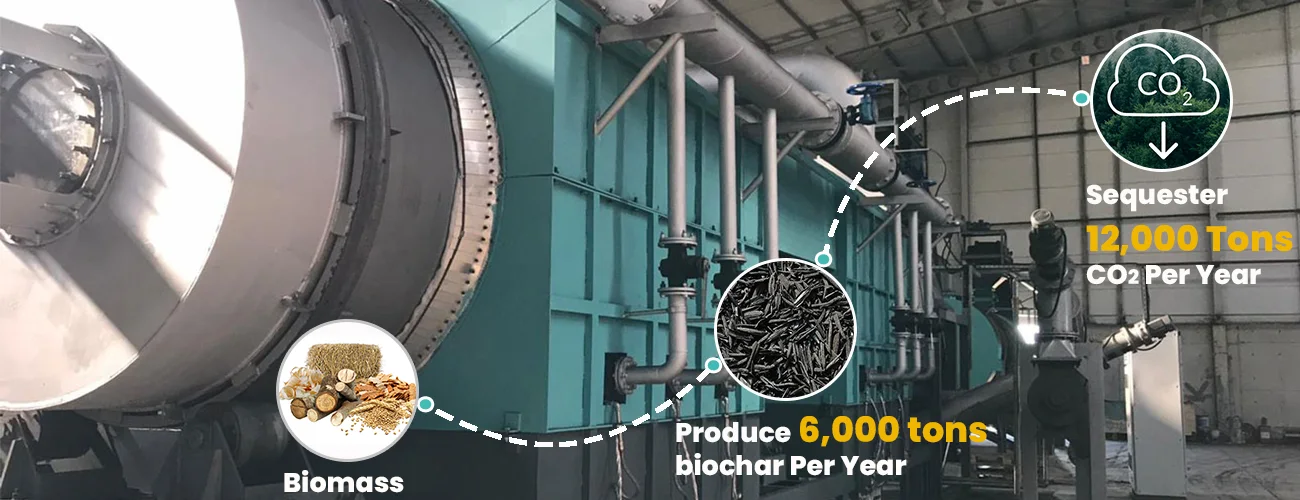The efficient operation of a fruit tray making machine is critical for maintaining a smooth production line. However, as with any complex piece of industrial equipment, issues can arise that hinder performance. Understanding common troubleshooting techniques can significantly reduce downtime and prevent costly repairs. Below are some practical tips for addressing common problems with fruit tray making machines.
1. Machine Fails to Start
A fruit tray making machine that fails to start is often a result of electrical or power supply issues. Before troubleshooting the electrical components, ensure that the power source is functioning correctly. Check if the main power switch is turned on and verify that the machine is properly connected to the power supply. If the power is stable, inspect the fuses or circuit breakers, as they can often blow or trip, preventing the machine from starting.
Additionally, examine the emergency stop button or control panel settings. Sometimes, a faulty button or incorrect settings can interrupt the start sequence. If the issue persists, it may be necessary to inspect the wiring for any signs of wear or corrosion.
2. Inconsistent Tray Quality
Inconsistent tray quality is a frequent problem in pulp molding machinery, often related to the molding process. If trays are coming out with defects, such as weak spots or uneven shapes, the issue could stem from improper pulp consistency or insufficient compression during molding. Ensure that the pulp mixture is at the correct consistency by checking the pulp slurry mixer. An imbalanced mixture can affect the molding process and lead to product defects.
Another possible cause of inconsistent tray quality is incorrect pressure settings. If the machine's hydraulic or pneumatic pressure is too low or too high, it can lead to uneven molding results. Regularly calibrating the machine’s pressure settings can resolve these issues and improve tray quality.
3. Clogging in the Molding System
Clogging in the molding system can occur when debris, excess pulp, or dried material builds up in the machine's molds. This not only reduces the machine's efficiency but can also damage the molds over time. To prevent clogging, ensure that the pulp is adequately filtered before entering the molding system. Regular cleaning of the molding cavities and surrounding components is essential to remove any residual pulp or dried materials.
If clogging persists, inspect the molding system for signs of wear, especially around the seals and joints. Damaged or worn components can create gaps that lead to leakage or improper material flow, exacerbating the issue. Replacing these parts promptly will help maintain the machine's performance.
4. Drying Issues
Drying is a crucial stage in fruit tray production, as improper drying can lead to weak or deformed trays. If the drying process is too slow or incomplete, the temperature settings of the drying system should be checked. Low temperature or inadequate airflow may result in moisture retention within the trays. Adjusting the temperature controls and ensuring the airflow channels are clear can rectify this issue.
It is also important to inspect the drying conveyor belt for any obstructions or damage. A malfunctioning belt can cause trays to move unevenly through the drying chamber, resulting in inconsistent drying. Ensuring the belt is in good working condition and free from debris will help maintain uniform drying times.
5. Excessive Noise or Vibration
Excessive noise or vibration during operation is often a sign of misalignment or wear within the mechanical components of the fruit tray making machine. Begin by inspecting the machine’s bearings, shafts, and belts. Worn or damaged bearings can cause excessive friction, leading to both noise and vibration. Lubricating these parts or replacing them if necessary can reduce the noise and restore normal operation.
Additionally, check for any loose or misaligned components within the machine frame. Tightening bolts and ensuring that all parts are securely fastened will help alleviate vibration issues. In some cases, vibration can also be caused by an imbalanced load on the machine, so ensure the production load is evenly distributed.
6. Hydraulic or Pneumatic Failures
Fruit tray making machines often rely on hydraulic or pneumatic systems for compression and molding. If these systems fail to perform optimally, it can lead to issues such as inadequate pressure or slow cycle times. Common causes of hydraulic or pneumatic failures include leaks, clogged filters, or low fluid levels. Begin troubleshooting by checking for visible leaks in hoses, cylinders, or valves.
It’s also crucial to monitor fluid levels and replace hydraulic or pneumatic fluid as needed. Over time, fluids can degrade and lose their effectiveness, leading to reduced performance. Regularly changing the fluid and replacing filters will help maintain the efficiency of these systems.
Conclusion
Maintaining the proper functioning of a fruit tray making machine is essential for consistent production and minimizing downtime. By understanding and addressing common issues such as inconsistent tray quality, clogs, and hydraulic or pneumatic failures, manufacturers can ensure the continued success of their production lines. Regular inspections, preventive maintenance, and timely repairs are key to keeping the equipment in optimal working condition and extending its lifespan.



No comments:
Post a Comment